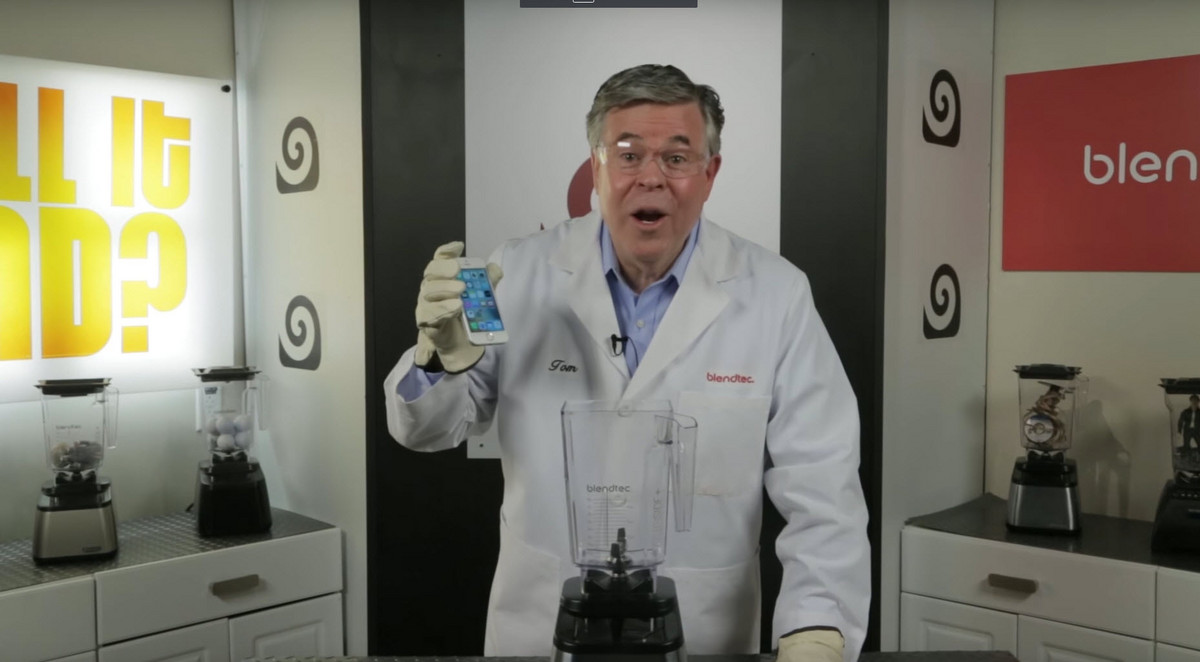Overview
Recommendations
Next Steps
Social media
Things to know about one of the oldest techniques

Image you are planning to market a new kind of blender to amateur chefs. You might focus on the technical side of things and talk about the motor’s impressively high torque, its horsepower and the virtually indestructible blades and then pack all these features into a neat factsheet. Or you could start a YouTube channel and demonstrate how this blender grinds a smartphone, a pack of steel screws or a vuvuzela into fine dust in a matter of seconds. Which format is the more memorable one with potential buyers?
Digital storytelling is looking for emotional points of view and concentrates on strategies which are much older than the printing press. The format’s strength is rooted in authenticity and a highly personal approach to retelling facts that might seem bland and boring in a “normal” context. Legends of heroes and gods, myths and fables have always managed to not only reduce their message to the very core, but to make the recipient relive the story and experience the hero’s journey in a highly emotional context. This form of storytelling is much older than commercial advertising. However, in the age of information overflow, the right emotional angle can make all the difference between adding to data smog and creating a huge viral success story.
While the tools and possibilities have multiplied thanks to digital technologies, the basic underlying dramatic rules have stayed the same throughout the ages. Digital storytelling requires a deep understanding of general dramaturgy, so digital scholars can learn a lot from the masters of this discipline, for example Robert McKee (http://mckeestory.com/).
San Francisco’s center of the same name coined the term “digital storytelling”. In his 1990 documentary “The Civil War” director Ken Burns used animated photo-zooms, a now widely applied effect in digital stories named “Ken-Burns-effect” after its inventor. He and his fellow digital storytelling pioneers did not have marketing campaigns in mind but new means of knowledge transfer, so the major part of today’s literature on storytelling is about journalism and education.
High speed internet access and new (mobile) technologies have fostered the success of online video and enable experiments with new forms of multimedia publishing. While academics usually refer to “digital storytelling” as a specific multimedia content format, marketers use the term in a more general sense.
All successful content marketing examples share a set of common characteristics: Typical advertising personas are replaced by protagonists customers can easily identify with. Instead of a slogan, there’s a happy ending, instead of a product-centered approach, the arc of suspense is leading to an intense emotional experience.
Thanks to cloud applications, digital storytelling videos do not even necessarily require any offline software tools. Online editors like the brand-new Rocketium (https://rocketium.com/) put virtually everyone in the director’s seat: Photos, videos, audio and captions are easily combined into short, shareable and mobile-friendly video clips.
Good digital storytelling does not require a special set of tools: The art form lies in moving the recipient, evoking strong emotions and positive feeling. The best digital stories are even worth being shared with one’s friends – so basically, digital storytelling and viral marketing are basically twins!
Let me get back to the example I mentioned in the beginning. BlendTec’s blenders are built for professional 24 hours use, yet thanks to their highly acclaimed Youtube channel “Will it blend?” an increasing number of customers spend 5 times the amount compared to a consumer-grade blender on one of these devices.

Successful digital storytelling can be dead serious, too. How do you deliver 375,000 vaccines through different continents in the shortest time possible? UPS’ clip “Keeping Cool Through a Challenging Day“ tells the story of a most unusual delivery by combining short interviews, photos and animated inserts into a clip that makes an abstract topic quite tangible.
WestJet’s “Real-Time Giving Christmas Miracle has definitely made a couple of passengers very happy, but millions more have seen the story about unexpected Christmas presents: 45 million video views without a single paid ad is an impressive figure indeed.
Hyundai demonstrates how to combine digital storytelling and personalization in their campaign “A Message to Space”. Stephanie, an ISS astronaut’s daughter, has a couple of vehicles carve a message for her father into Delamar Dry Lake in Nevada. After watching the clip, viewers were offered to compile their own personalized version of the video.
Successfully charging a brand with positive emotions is neither a question of budget nor of technology: The secret lies in understanding some principles of social interaction and awakening emotions by daring to be authentic, bold and unique. Touching the very heart and soul of your customers will make your brand truly memorable.